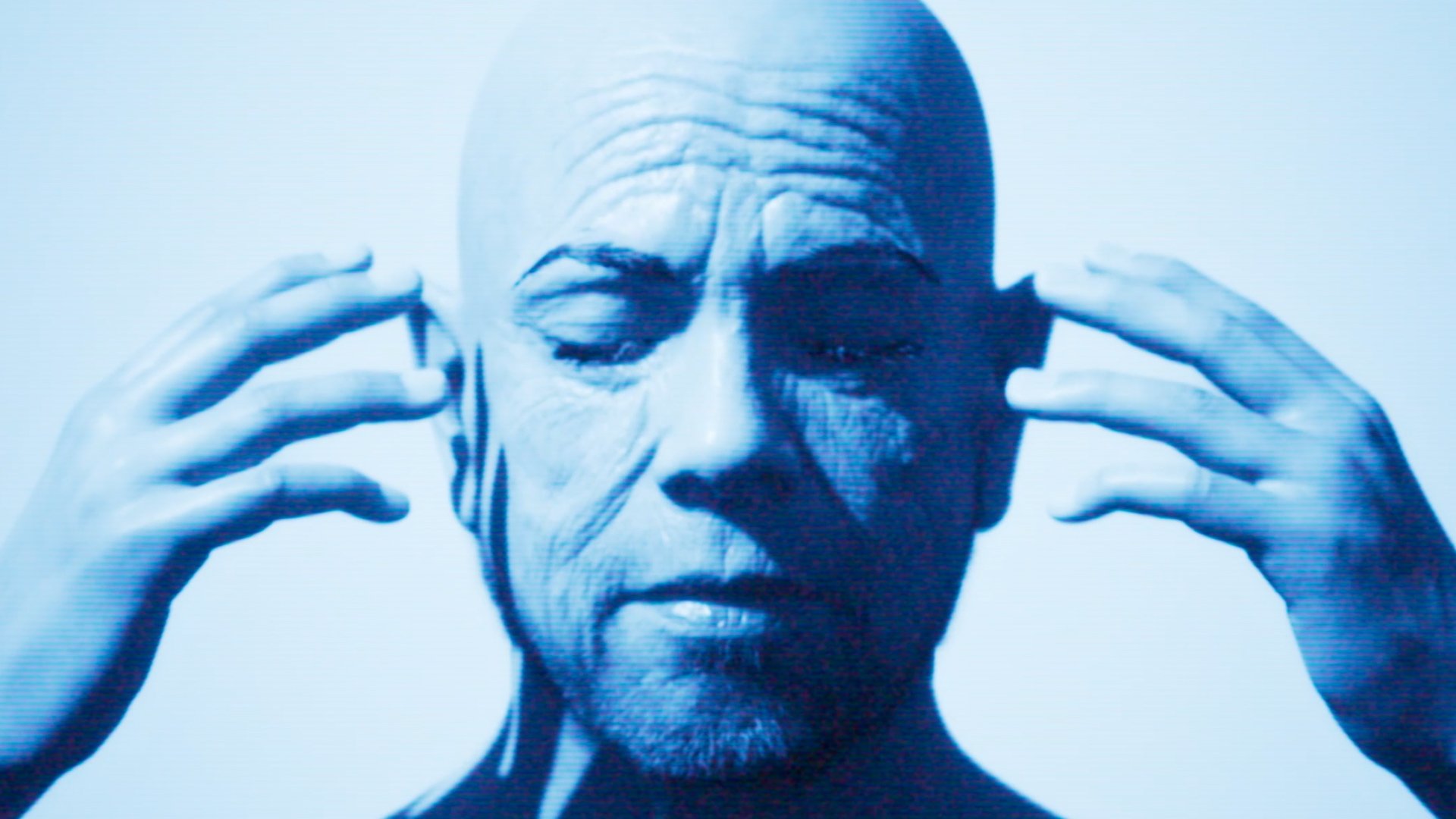Exploring The 'Blackest Dude In The World': Understanding Deep Skin Tones And Identity
Have you ever stopped to wonder about the incredible variety of human appearances across our planet? It's pretty amazing, isn't it? From hair color to eye shape, and, too, perhaps most noticeably, skin tone, people truly come in every shade imaginable. This natural diversity sparks a lot of curiosity, and that's actually why phrases like "blackest dude in the world" sometimes pop up in conversations and online searches, even today, in May 2024. It speaks to a natural human interest in extremes and the remarkable range within our shared family.
This kind of phrase, while seemingly simple, often carries a deeper meaning for many people. It's not just about a color; it's about identity, representation, and how we see ourselves and others. People are naturally drawn to what stands out, and someone with an exceptionally deep complexion truly does stand out in a crowd. So, this article will gently explore the curiosity behind such searches, looking at what makes skin tones so diverse and the human stories connected to them.
Now, before we get too far, it's worth noting something about the request that shaped this very article. The instructions I received included a piece of text that, frankly, had nothing at all to do with human skin tones or identity. It was all about the superior mesenteric artery, a key component of the abdominal aorta, and its branches, which supply blood to parts of the digestive system. You know, like the jejunum, ileum, and various parts of the colon. It also mentioned things about Google search features, like finding information, images, and using Google Drive. So, basically, that information, while important in its own context, isn't really relevant to our chat about skin tones. We'll just keep our focus on the fascinating topic at hand, then.
Table of Contents
- Exploring the Idea of the 'Blackest Dude in the World'
- The Science Behind Skin Tone: Melanin's Story
- Cultural Views and Representation
- Addressing the Curiosity: What People Are Asking
- Celebrating Human Diversity
Exploring the Idea of the 'Blackest Dude in the World'
The idea of a "blackest dude in the world" really captures our collective imagination. It's a concept that points to the very edges of human pigmentation, sparking questions about what that might truly look like. People often wonder if there's one single person who holds this unofficial title, and if so, who they might be. It’s a very natural thing to be curious about, you know, the most striking examples of human traits.
For many, this interest goes beyond mere physical appearance. It touches on discussions about beauty standards, visibility, and even the historical context of skin color in various societies. Someone with a profoundly deep complexion can become a symbol, whether they intend to or not. They might represent resilience, a different kind of beauty, or simply the incredible spectrum of human genetics. It's really about more than just the color itself, in a way.
When we talk about this, it’s important to remember that skin color exists on a vast, continuous scale. There isn't a single "black" or "white" setting; it's a gradual change, influenced by many factors. So, identifying one "blackest dude" is, frankly, more of a conceptual quest than a precise scientific measurement. It's about how we perceive and appreciate the remarkable range of human appearances. This pursuit, arguably, highlights our collective wonder about human differences.
Key Aspects of Deep Complexion Representation
| Aspect | Description |
|---|---|
| Melanin Concentration | The primary factor, with higher levels of eumelanin leading to deeper skin tones. |
| Genetic Heritage | Ancestry plays a big role, as skin color is inherited through generations. |
| Geographic Origin | Populations closer to the equator generally developed darker skin for sun protection. |
| Cultural Impact | Individuals with very deep complexions often become symbols of identity and beauty. |
| Media Visibility | Increased representation helps challenge narrow beauty ideals and promotes inclusivity. |
| Health Considerations | While offering natural sun protection, very dark skin still requires care, like all skin types. |
The Science Behind Skin Tone: Melanin's Story
So, what actually gives skin its color? It all comes down to something called melanin. This is a pigment produced by special cells in our skin called melanocytes. There are primarily two types of melanin: eumelanin, which gives skin brown and black tones, and pheomelanin, which gives reddish-yellow tones. People with very dark skin have a lot more eumelanin, which is actually quite protective.
The amount and type of melanin your body produces is mostly determined by your genes. You inherit these genetic instructions from your parents, just like you inherit eye color or hair texture. This is why families often share similar skin tones, though there can be variations. It's a pretty complex genetic interplay, you know, that decides your specific shade.
Beyond genetics, environment plays a part, too. Exposure to sunlight, for example, triggers melanocytes to produce more melanin, which is why people often get tanner in the summer. This is a natural defense mechanism against harmful UV radiation. For people whose ancestors lived in regions with intense sun, like near the equator, having very high levels of melanin was a significant evolutionary advantage, offering a natural shield. This is, in fact, a key reason for the global distribution of skin tones.
The distribution of melanocytes is pretty much the same for everyone, regardless of skin color. What differs is how active these cells are and how much melanin they produce. So, someone with a very deep complexion isn't necessarily having more melanocytes; their existing cells are just working a lot harder, producing a greater quantity of that dark eumelanin. This process is, arguably, a marvel of human biology.
Cultural Views and Representation
The way we talk about and view skin color has changed a lot over time and across different cultures. In some places, very dark skin has been celebrated for its beauty and strength, while in others, it might have faced prejudice or been seen as less desirable. These perceptions are not based on science; they are entirely social constructs that shift with history and local norms. It's a very human thing, you know, to assign meaning to appearances.
Today, there's a growing movement to celebrate the full spectrum of skin tones, particularly those that are very deep. This push for inclusivity and representation is helping to break down old, harmful beauty standards. When people with exceptionally dark complexions are seen in media, fashion, and everyday life, it sends a powerful message. It tells everyone that all shades are beautiful and worthy of recognition. This is, basically, a huge step forward for many communities.
For individuals with very deep skin tones, this increased visibility can mean a lot. It offers a sense of pride and belonging, and it can challenge the idea that there's only one way to be beautiful. It's about recognizing that diversity truly makes our world richer and more interesting. So, seeing more diverse faces in public spaces is, quite frankly, a good thing for everyone.
The conversation around "the blackest dude in the world" also brings up important points about identity. For some, having a very dark complexion is a source of immense pride and a connection to their heritage. It's a part of who they are, a unique marker in the vast human tapestry. This aspect of identity is, in some respects, deeply personal and incredibly meaningful. Learn more about skin color and human diversity on our site.
Addressing the Curiosity: What People Are Asking
People often have a lot of questions when they come across terms like "blackest dude in the world." These questions usually stem from genuine curiosity about human variation and, sometimes, a desire to understand more about identity and appearance. We’ve gathered a few common questions that people often wonder about, and we’ll try to shed some light on them here. It's actually pretty common for these sorts of questions to pop up.
Frequently Asked Questions
Is there truly one "blackest person in the world"?
Well, honestly, it's pretty hard to say for sure if there's one single person who is definitively "the blackest." Skin color exists on a continuous spectrum, and what one person perceives as "blackest" might be slightly different for another. Plus, measuring skin tone precisely can be tricky, and it's not like there's a global competition for this title. So, no, there isn't really an official "blackest person." It's more of a concept or a way to describe someone with an exceptionally deep complexion. You know, it's more about perception.
What determines skin color in humans?
Skin color is primarily determined by melanin, as we talked about earlier. The amount and type of melanin your body produces are largely controlled by your genes. People with more eumelanin, a dark brown-black pigment, have deeper skin tones. Your genetic background, which is basically where your ancestors came from, plays a huge role in how much melanin your body naturally makes. So, it's a combination of inherited traits and, to a lesser extent, environmental factors like sun exposure. It's a very natural process, that.
How does melanin protect the skin?
Melanin acts as a natural sunscreen for your skin. It absorbs and scatters harmful ultraviolet (UV) radiation from the sun, preventing it from damaging your DNA and causing sunburn or, worse, skin cancer. People with very dark skin have a lot of melanin, which gives them a higher level of natural protection against UV rays. This is why populations that developed in sunny regions often have darker skin. It's a pretty clever biological defense mechanism, you know, that helps keep us safe.
Celebrating Human Diversity
Ultimately, the fascination with the "blackest dude in the world" is a reflection of our collective wonder at human diversity. It highlights how different we can be, even within our own species, and how each unique characteristic contributes to the richness of our global community. Instead of focusing on a single "extreme," perhaps it's more valuable to appreciate the entire range of skin tones that exist. This appreciation, arguably, makes our world a much better place.
Every skin tone, from the lightest to the deepest, has its own beauty and story. Recognizing and celebrating this wide array of human complexions helps us build a more inclusive and understanding world. It encourages us to look beyond superficial differences and to value the person underneath. So, when we see someone with an incredibly deep skin tone, it can be a moment to simply marvel at the beauty of human genetics and the vastness of our shared heritage. It's a very simple yet profound truth, that.
This curiosity about the "blackest dude in the world" can also be a starting point for broader conversations about identity, self-acceptance, and the ongoing journey towards true equality. It reminds us that every person, regardless of their appearance, deserves respect, admiration, and a place where they feel seen and valued. This is, in fact, something we should all strive for. You can learn more about the science of skin color and its evolution.
We hope this exploration has given you a fresh perspective on a topic that, while sometimes framed in simple terms, holds so much depth. The human story is one of incredible variation, and every shade contributes to its beauty. So, keep that curiosity alive, and remember to always celebrate the wonderful spectrum of human appearance. And, by the way, you can link to this page here for more insights into diverse human experiences.

26 Mini-Films for Exploring Race, Bias and Identity With Students - The

Blackest Eyes Live Visualiser Out Now! | Porcupine Tree

Man creates the 'world's darkest room' by painting it with 'the